Will the Fuel Efficiency Rollback Help Employment?

President Donald Trump was obsessed with U.S. employment long before being sworn in as Commander-in-chief. In fact, the jobs rhetoric played a major role in swaying traditionally democratic voters in states like Michigan. The promise of manufacturing positions, the kind of work American used to be known for, was too tempting for some living in the Rust Belt to ignore.
“We’re going to work on the CAFE standards so you can make cars in America again,” he told Detroit’s auto workers in March 2017, referencing the Corporate Average Fuel Economy. “We’re going to help the companies, and they’re going to help you.”
Those fuel economy rollbacks are now fast approaching, after the National Highway Traffic Safety Administration and Environmental Protection Agency released their official proposal last week. But will it truly help bolster employment rates in the United States? The answer depends largely upon who you ask.
According to Bloomberg, a contingent of experts exist who feel that easing the preexisting CAFE standards will actually prove counterproductive. The blanketed and abridged version as to why revolves around neglecting new technologies and a lack of innovation — two elements that typically create jobs. Our take is, as usual, far more nuanced. But let’s take a look at the experts’ claims to see what information can be gleaned.
The proposal issued by the NHTSA and EPA states that freezing fleet-wide fuel efficiency requirements after 2020 would ultimately require fewer man-hours than the existing standards. While it still predicts that the automotive industry’s labor needs would continue to rise through 2030, the rate of growth was slower under Trump’s plan. By 2030, the CAFE rollback is estimated to require 5 percent less labor vs Obama’s plan — assuming everything else is equal.
However, it also estimates vehicle prices would stay reasonably flat through that time period, whereas the current emissions standards would elevate MSRP to offset technology costs. That, in conjunction with more vehicles people actually wants to buy, is supposed to yield higher annual sales. Theoretically, that would bolster employment or at least help to minimize layoffs. But it doesn’t address the issue of positions wholly dependent upon new technology, which results in a net loss in terms of total man hours.
Then again, those lost hours could take place overseas, sales could be higher than anticipated, and efficiency funding could end up going toward other advanced technologies which would still create jobs. However, none of that is an assurance.
“Unfortunately stepping away from strong standards cuts billions of dollars in investments in new technologies and the jobs that go with it,” said Zoe Lipman, advanced transportation director from BlueGreen Alliance.
Lipman’s group represents a partnership between labor unions and environmental advocates and claims the automotive industry has invested $63.8 billion in U.S. facilities, while promising another $12.4 billion through 2020. BlueGreen frames a large portion of that investment as intended to meet the Obama-era environmental mandates. It also says at least 1,200 U.S. factories and engineering facilities in 48 states with 288,000 American workers are building parts and materials that boost fuel efficiency.
Those figures are slightly misleading, as the investment and employment numbers aren’t exclusive to advanced fuel-saving technologies. However, taking a step back from established CAFE standards could negate future investments and the numbers show how far-reaching that could be.
It’s an issue that Susan Helper, a former chief economist of the Commerce Department during the Obama administration, feels strongly about. She claims that cheaper cars will simply translate to lost savings at the pump. But the real danger is allowing the rest of the world to surpass us technologically by allowing high-value engineering work to move to China and Europe — both of which will maintain tougher emissions standards.
“That’s really dangerous in terms of future competitiveness and making America great again,” said Helper.
[Image: General Motors]

A staunch consumer advocate tracking industry trends and regulation. Before joining TTAC, Matt spent a decade working for marketing and research firms based in NYC. Clients included several of the world’s largest automakers, global tire brands, and aftermarket part suppliers. Dissatisfied with the corporate world and resentful of having to wear suits everyday, he pivoted to writing about cars. Since then, that man has become an ardent supporter of the right-to-repair movement, been interviewed on the auto industry by national radio broadcasts, driven more rental cars than anyone ever should, participated in amateur rallying events, and received the requisite minimum training as sanctioned by the SCCA. Handy with a wrench, Matt grew up surrounded by Detroit auto workers and managed to get a pizza delivery job before he was legally eligible. He later found himself driving box trucks through Manhattan, guaranteeing future sympathy for actual truckers. He continues to conduct research pertaining to the automotive sector as an independent contractor and has since moved back to his native Michigan, closer to where the cars are born. A contrarian, Matt claims to prefer understeer — stating that front and all-wheel drive vehicles cater best to his driving style.
More by Matt Posky
Latest Car Reviews
Read moreLatest Product Reviews
Read moreRecent Comments
- Danddd Just say no to CVTs unless you like the sound of droning.
- Oberkanone GM will have 30 EV models by 2025. Over 40% of GM sales will be EV by 2025.quote - Marry Barra circa 2020Including 4 Chevy EV, 2 Buick EV, and 4 Cadillac EV.
- Dwford There's plenty of time between now and 2030-35 to design and sell through a whole new generation of ICE vehicles, if not 2 generations. Chevy seems to be on a dual track plan with ICE and EV versions of the Equinox and Blazer nameplates. No reason Cadillac can't do something similar.
- Kwik_Shift_Pro4X Poop or get off the pot.
- TheMrFreeze The wife unit and I refuse to buy a white/black/grey/silver car...life's too short for boring. As it happens we both drive orange cars right now but slightly different shades. Total coincidence, just happened that the used cars we found that met our requirements (ie: manual trans and at least some amount of character) both happened to be orange. My previous daily driver was orange as well, again total coincidence...they just seem to find us I guess...



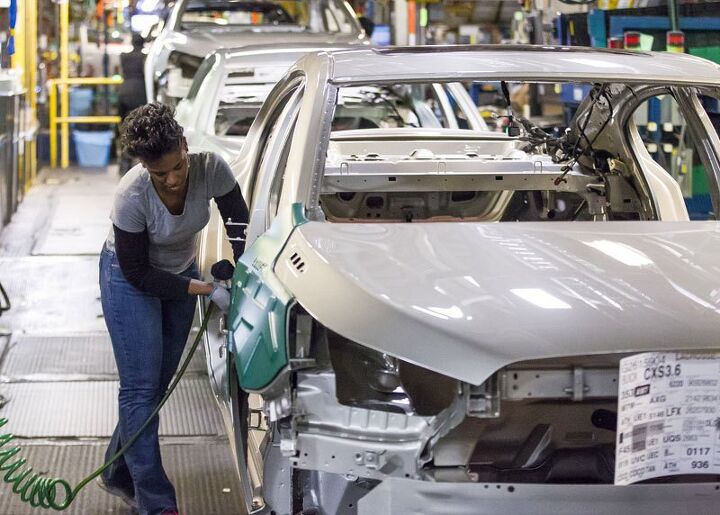















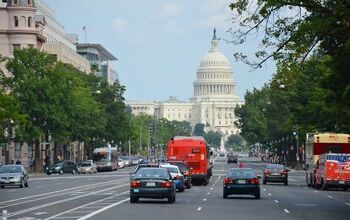


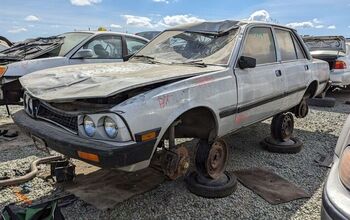

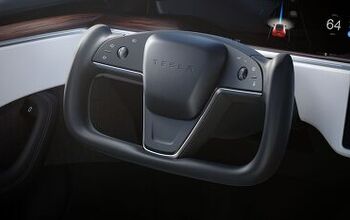
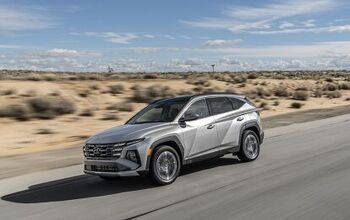


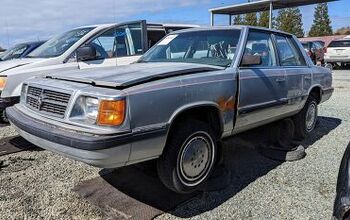





Comments
Join the conversation
I'm with Don1967. Stop-start has been instituted to help automakers boost their EPA scores. It is possible that they MAY slightly reduce fuel consumption. It is possible they may not. Stop-start adds mass (heavier electrical cables), which costs fuel. It also adds complexity, which adds COST at initial purchase. Some stop-start systems are seamless. Many are not. I'm thankful my car does not have it. Stop-start will NOT help the life of the starter. If it fails before he car is scrapped, the owner is confronted with an expensive repair. Stop-start WILL DEGRADE battery life. The customer will have to replace the battery sooner. The car will use more batteries over its life than it would have. In addition to cost, we have the heavy metals waste of additional batteries. So, the govt and automaker may feel good. But the reality is, very little has been done to help the planet. Possibly, stop-start is HARDER on the environment. However, we can BE SURE that the customer will pay for this frivolous idea--with money at the purchase and over the life of the car, and (possibly) with aggravation. IF, the govt truly cared about the planet, the easiest way to reduce fuel consumption and CO2 is simply to tax motor fuel. THIS is what our competitors do. This is honest--people will naturally be inclined to get smaller cars (they'll ask, do I REALLY NEED a relatively thirsty Grand Cherokee, or can I live with a Cherokee? Do I need an Camry, or will a Corolla work?). If the govt would agree that motor tax money would be used ONLY for roads, until they were all fixed, I would enthusiastically support a gas tax. Instead, we have this duplicitous situation of CAFE, that encourages the delusion that we can have it all--Suburbans and 40 mpg and 0 CO2. We can't.
The real argument here seems to be this: If manufacturers weren't required to spend more on R&D to meet government targets, they would spend less on R&D. In turn, they would purchase fewer expensive new components. The expected trickle-down then is a) average vehicle prices would hold steady or even decrease, and/or b) manufacturers would be effectively able to trade two high-wage egghead-types for perhaps three low-wage (for the auto industry) blue-collar line workers. That's a nice idea, but given recent history it should be coupled with incentives to repatriate jobs to go with the reduction in mandate. Otherwise the most likely outcome is the manufacturers keep prices on their current track, cut back R&D just enough to not fall behind everyone else, and use the money saved to buy back more stock.